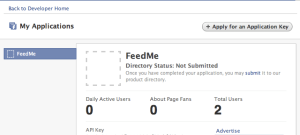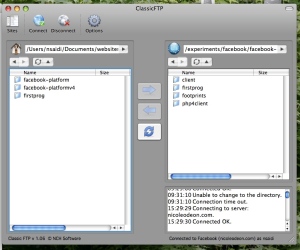I really hate my blog. I’ve always struggled with my online identity. Should I be funny? Should I be serious? Who knows. Guess it’s a little bit like real life.
Not that I don’t like blogging. No, on the contrary, one thing I can tell you is that blogging can really help you out.
The best advice I’ve ever heard is to try to take your feelings and put them into words. Whether you share them publicly is your choice or not, but it’s nice to struggle through a complicated thought and come out on the other side with a better sense of clarity. A blog can be your ally in doing that. Depending on your situation, it can really help you solve a difficult issue. I’m a firm believer in the format. It’s good promotion, too, assuming you are careful about what you express.
I guess what I’m saying is, I’d like a real bona fide thing that says, “this is who I am,” that isn’t vulnerable to some opportunistic rant that could show up in the Google cache some years later.
The age of the homepage seems to have died. It used to be you’d get an angelfire or geocities account and build some crappy circa-1994 thing and push it out there and tell people that’s your homepage. Now it’s blog, blog, blog, which is cool, but doesn’t provide that biographical feeling (and can really catch you at an awkward moment without the context of who you are).
After working 11 days in a row (mostly by my own choice), through my somewhat bleary eyes and short-tempered stupor, I feel like maybe this is a good time to give it some thought. What would my ideal online home look like? What would it have?
Would there be a text area? Video? News? Something interactive? What would I want to put there?
I almost feel like my ideal blogging situation would be a bit like Twitter or the Facebook feed … you know, there’s various kinds of activities. There’s the things you’re reading, the things you take pictures of, the things you write in 140 characters or less … oh, hey, there’s Tumblr for that. I think my big gripe with Facebook is it’s kind of ugly. It is, however, highly reliable. No fail whales there, Zuck.
So look for some updates to come as I hash out my thoughts. Chances are, I’ll be putting them into words right here.














Recent Comments